The Appalachian Trail boasts breathtaking scenery and is home to wildlife aplenty, including black bears, raccoons, and even poisonous snakes.
Still, the lush, dense forests, winding woodland, and stunning rivers that comprise the 2,200 stretch from Georgia to Maine attract hikers and adventure-seekers from all over.
One woman who embarked on a trek along the Appalachian Trail was 66-year-old Geraldine Largay.
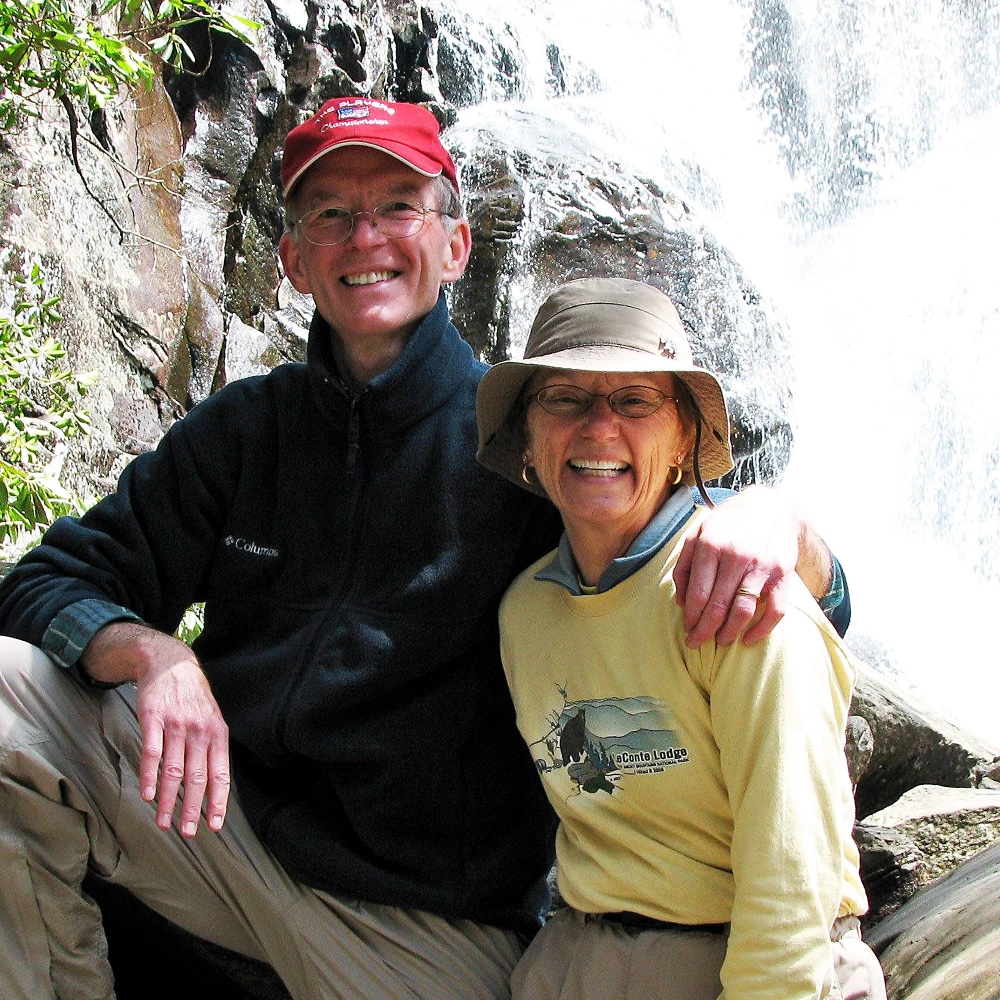

Geraldine was no stranger to hiking and often went on adventures in the wilderness, sometimes alone. She was a sociable woman who would make friends on her adventures, often finding companions along the way to share her journey with.
However, this wouldn’t be the case for her journey through the Appalachian Trail in the summer of 2013.
Events took an unexpected and tragic turn for Geraldine, who had initially set off on the lengthy hike with one of her close friends. Due to an emergency, her companion had to cut the trip short, leaving Geraldine to take on the rest of the challenge in solitude.
Her lone journey into the wilderness would see Geraldine lose her way and wander further away from the safety of the Appalachian Trail.
This tale of determination and survival proves how unforgiving nature can be and how resilient humans are when faced with survival. Geraldine’s story is made all the more fascinating because she was able to tell it herself – posthumously.
An Adventurous Spirit
Known to her friends as “Gerry” or affectionately called “Inchworm” (a nod to her pacing on hikes), Geraldine had taken up hiking as a post-retirement hobby. The former Air Force nurse was sprightly and fit, completing treks that individuals half her age would often find difficult.
She had wanted to tackle the Appalachian Trail for some time, which was challenging, even for seasoned hikers.
Aware of the challenge ahead of her, Geraldine began training for the lengthy hike. After all, it typically takes a thru-hiker five to seven months to traverse the entire trail. The hike is filled with mountainous terrain, steep inclines, and a plethora of wildlife.
She and her friend, Jane Lee, decided they wanted to tackle the hike together, and in April of 2013, that’s just what they did.
The pair set off from Harpers Ferry, West Virginia, carrying with them their weighty, supply-filled rucksacks through the twists and turns of the woodlands.
Still, the hikers would need some additional supplies throughout their trip. Geraldine’s husband, George, would ride alongside the pair in his car, meeting them at designated areas on their journey.
George wasn’t a fan of hiking: “Sleeping in tents and wearing the same stuff for three and four days in the rain – not on my bucket list,” he said.
However, despite his lack of passion for the outdoors, he wanted to support his wife in her endeavors.
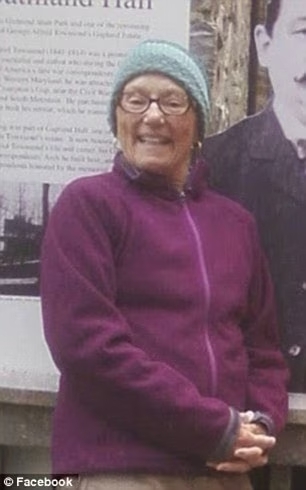
So, for the planned six-month duration of her trip, he was going to follow from the comfort of his car, offering food, water, and other necessities to Geraldine and Jane at pre-arranged pit stops. “What’s six months in the grand scheme of things?” George would later say.
Tragically, Geraldine’s journey into the Appalachian wilderness would last much longer than six months.
The Trail Turns Ominous
Geraldine and Jane completed an impressive 1,100 miles of the trail together, which took them until the end of June.
However, on June 30, Jane was notified that her daughter had sustained an injury to her ankle and needed her help. There was no option for the concerned mother to continue with the hike, and she made the decision to return home.
This left Geraldine with two choices: end the trip early or continue the adventure alone.
It didn’t take her long to decide she’d resume the hike alone. After all, she was fit and capable and had her husband following along should she need anything. With Jane gone, Geraldine continued on solo, with George following along by car.
She started off strong and, by July 21, had made her way to the Poplar Ridge lean-to, where she sought some respite from hours of tiresome walking and the blazing sun. She planned on spending the night at the lean-to before setting off on July 22 to meet her husband 13 miles away at the Route 27 crossing.
At the lean-to, she was chatting to her fellow hikers, one of whom was Dottie Rust. Geraldine was known to be sociable and often made friends on her hikes, bonding with her fellow adventure-seekers over their shared love of the outdoors.
After getting to know one another, Dottie took a picture of Geraldine. She was smiling for the camera with her heavy rucksack on her back as she stood beside the lean-to. The innocent image is now an infamous snapshot of the last time anybody would see Geraldine alive.
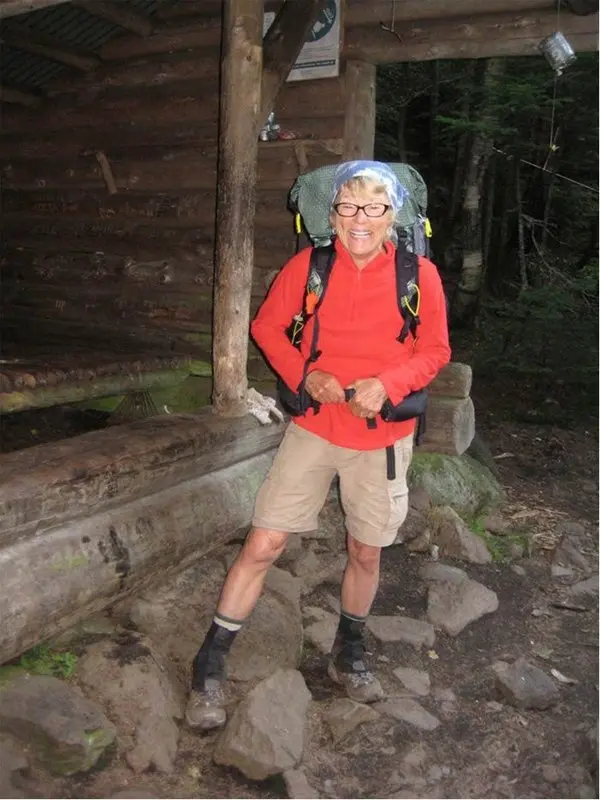
After the picture was taken, just after 6:30 am, she informed her newfound acquaintances that she needed to use the bathroom. What should have been a short bathroom break ended up being the beginning of a widespread search.
Geraldine was known by her friends and family to have a poor sense of direction. Her friend, Jane, would later explain how Geraldine had taken a wrong turn on the trail on a number of occasions, having to be navigated by her companion several times.
Not only this, but Geraldine was afraid of the dark and didn’t like being on her own. These two fears make her decision to remain on the Appalachian Trail all the more admirable, but they didn’t gel well with her propensity for suffering panic attacks.
In the search for somewhere to relieve herself, Geraldine took a wrong turn. When she tried to retrace her steps, she made another wrong turn.
Desperately Lost
By 11 am, after four and a half hours of hiking, Geraldine had to admit defeat: she was well and truly lost. She decided she’d text her husband and ask him to help her. Her text read: “In somm trouble. Got off trail to go to br. Now lost. Can u call AMC to c if a trail maintainer can help me.”
The text never arrived. The Appalachian Trail has close to nonexistent cell service, with only intermittent spots offering signal. Realizing the message hadn’t been sent, Geraldine tried again.
The message still wouldn’t send. She decided she should try and seek higher ground to find a signal and, in doing so, took herself further away from the trail. After ten unsuccessful attempts at sending the message, Geraldine decided to set up camp.
The next day, she made another attempt with a new message: “Lost since yesterday. Off trail 3 or 4 miles. Call police for what to do pls. XOX.”
Again, the text didn’t deliver.
Naturally, by this point, her husband was panicking. Geraldine hadn’t shown up at their pre-agreed point and was uncontactable. George contacted the authorities, who began a search, initially just with wardens patrolling the area they presumed Geraldine would be in.
They’d worked out which areas she’d have likely gone and set out to bring her back on track. However, when this proved unsuccessful, the search efforts were ramped up.
The police, cadaver dogs, aircraft, national park rangers, and fire departments were all making their way through the wooded areas where Geraldine could have been.
Posters with Geraldine’s face were tacked to signposts, and hikers were told to keep an eye out for her. Sadly, heavy rain came shortly after, and any clues of which way Geraldine may have gone were washed away.
With Geraldine’s lack of direction and her inability to use a compass, the longer she was missing, the more her family feared the worst.
In a cruel twist of bad luck, the K9 teams who were scouring the area came within about 100 yards of Geraldine, who was heeding the advice to stay put until she was found.
This wouldn’t be the only instance she was close to safety. Her camp was less than two miles from the Appalachian Trail. Geraldine was also close to open woods that offered good visibility after less than half a mile from her campsite. She was less than half an hour’s walk from a road that led to lodging.
Should you find yourself lost in the wilderness like this, the general advice is to stop moving, find shelter, and wait to be found. In this situation, heeding that advice contributed to a tragic end for Geraldine.
The Final Days
Eventually, it was decided to call the search off after 11 days. It was concluded that the elements had likely killed Geraldine and that looking for her would prove to be fruitless.
The Largay family had to consider the prospect that they may never get closure or find out what truly happened to Geraldine. Years passed, and it looked like she might never be found.
In October 2015, over two years after Geraldine had gone missing, a forester stumbled upon some remains. At the time, he was unsure if they were animal bones or human bones, but he’d heard the story of Geraldine Largay and couldn’t help but wonder if the macabre discovery was, in fact, her body.

A closer look at the surrounding area would prove his worst fears to be true. Underneath some fallen trees was a flat tent with a backpack beside it. Then, he spotted a sleeping bag with a skull beside it. Authorities were called, and the campsite was cordoned off. Quickly, the remains were identified.
The discovery of Geraldine’s body also brought to light just how close she was to getting help. There was even an open canopy close to her campsite that would have meant the aircraft looking for her would have spotted her had she known it was there.
Among Geraldine’s belongings, aside from her camping gear, such as her flashlight and maps, was her notebook. By now, moss had grown all over it, but the contents remained readable. It was titled George Please Read XOXO.
Geraldine chronicled her fight for survival in the notebook, explaining how she spent days wandering lost and her plight to find higher ground to get a phone signal.
The entries were dated, which shows that Geraldine made notes for 26 days after she got lost – she survived almost a month in the Appalachian wilderness. One of the entries is particularly haunting. It read:
“When you find my body, please call my husband George and my daughter Kerry. It will be the greatest kindness for them to know that I am dead where you found me – no matter how many years from now.”
Once her body was recovered, a medical examiner was able to rule that Geraldine had died of exposure. Her ability to survive almost a month in the Appalachian wilderness shows her determination to return to her family.
The Largays placed a cross where Geraldine’s tent once stood, and there is a memorial for her at the Wyman Township Appalachian Trail crossing. Her family remembers her as “positive, vibrant, optimistic, enthusiastic, and spiritual.”
Sources
https://thetrek.co/appalachian-trail/book-review-find-body-tragic-story-gerry-largay
https://www.nytimes.com/2016/05/27/us/missing-hiker-geraldine-largay-appalachian-trail-maine.html
https://www.nationalparks.org/explore/parks/appalachian-national-scenic-trail
https://www.strangeoutdoors.com/mysterious-stories-blog/geraldine-largay
https://appalachiantrail.org/explore/hike-the-a-t/thru-hiking/faqs





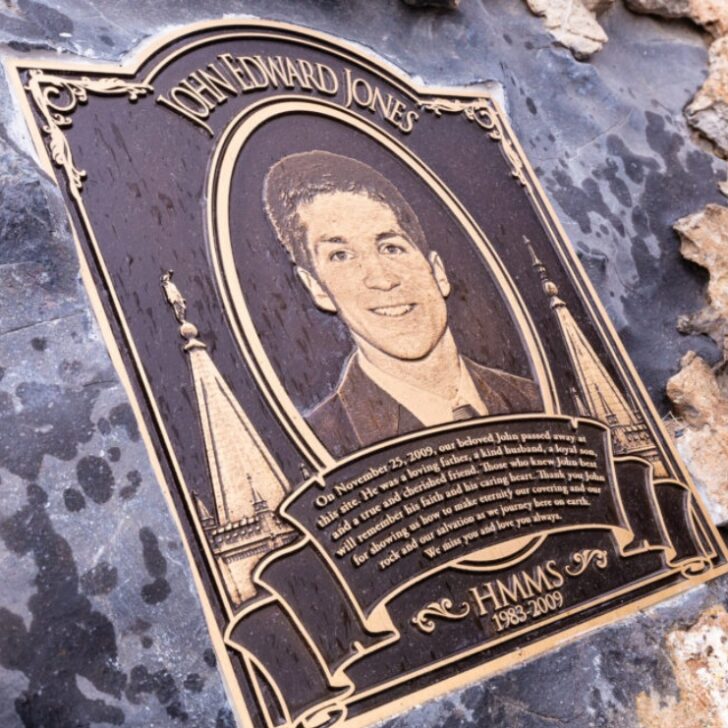




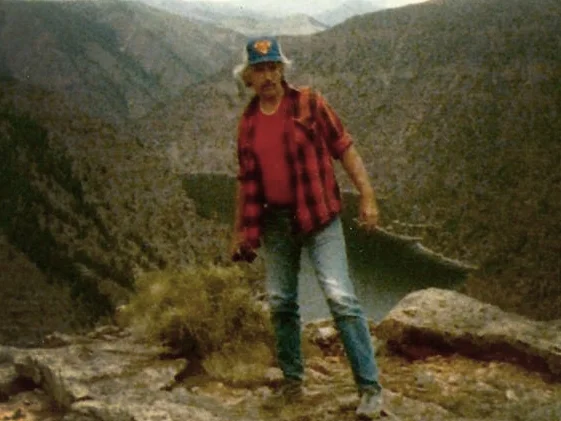
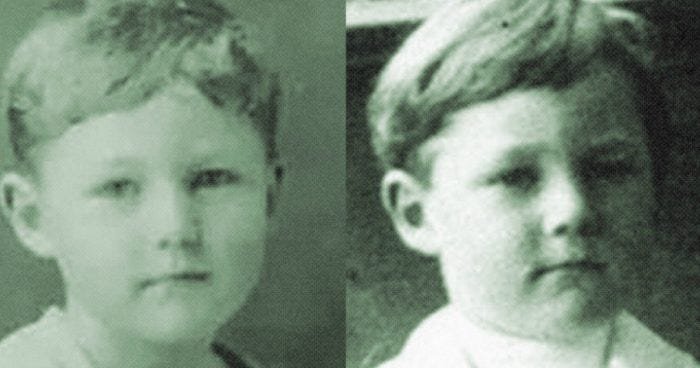

Leave a comment